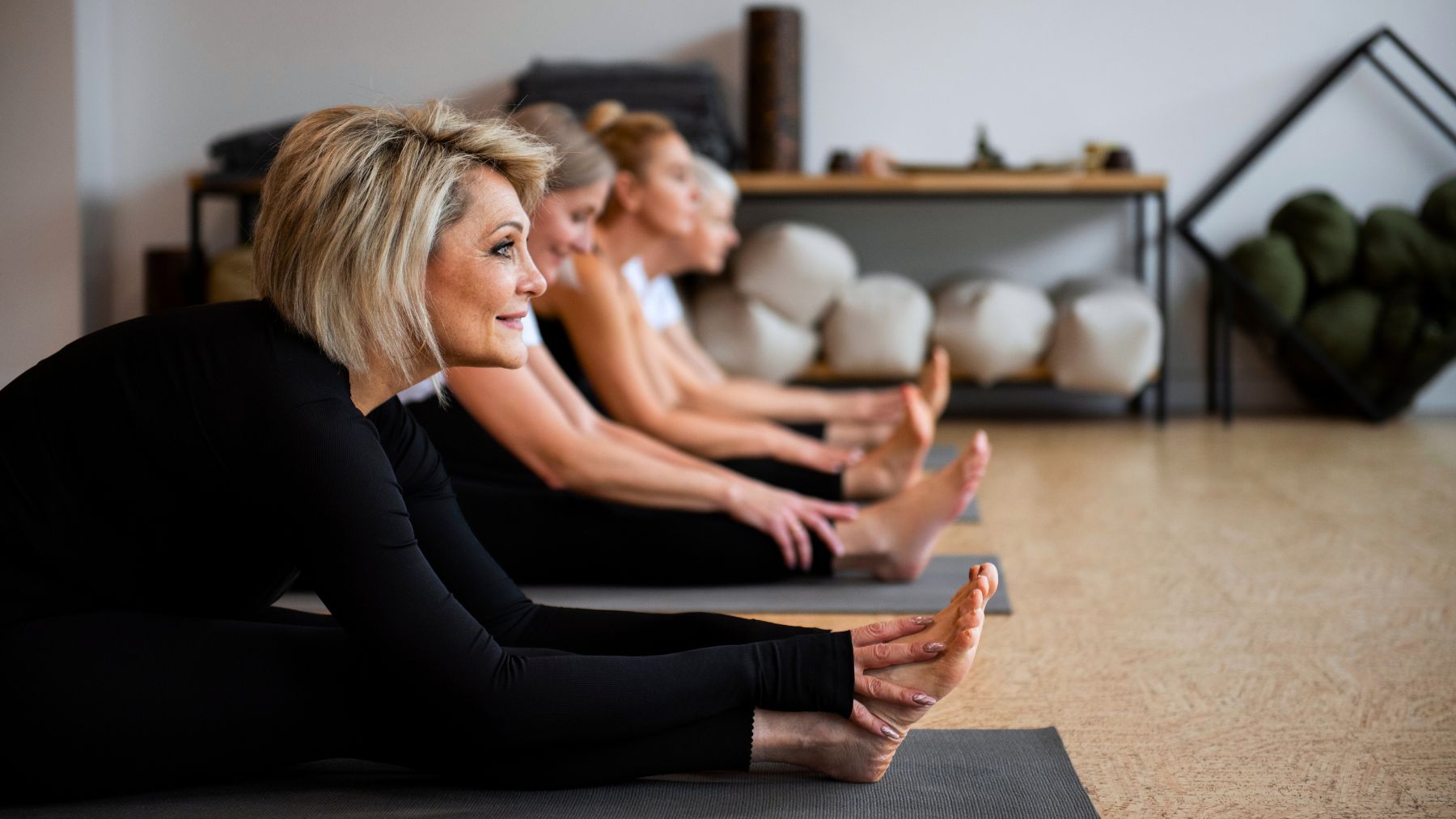Falling asleep and staying asleep can get harder with age. Light sleep, frequent waking, and trouble falling back to sleep are common after 60, but researchers have found that one type of daily exercise can improve sleep quality, beyond yoga or lifting weights.
We’re talking about strength and resistance training. A recent analysis of multiple studies shows this kind of movement helps older adults sleep longer and better. Here, we’ll explain why it’s so effective, and how to start a simple routine that fits into your day.
Resistance training: the exercise for older adults to sleep better
Researchers from Mahidol University in Bangkok reviewed 24 studies on older adults with insomnia. Their results were clear: resistance training worked better than aerobic or combined workouts when it came to improving sleep. On average, participants doing resistance routines had a 5.75-point improvement on the Pittsburgh Sleep Quality Index, a standard tool used to measure sleep quality, which represents a significant jump.
Resistance exercise includes moves that use your own body weight or light equipment to strengthen muscles, such as squats, wall push-ups, or resistance band pulls. The key is using your muscles against resistance in a controlled way. This kind of exercise not only supports better sleep, but it also improves balance, bone strength, and mood, all factors that can affect your rest.
How to get started with resistance exercises after 60
Another advantage is that you don’t need to buy any special gear. The studies reviewed found that mild to moderate routines, done two or three times a week, were the most impactful. Most sessions lasted about 50 minutes. Here are a few exercises that work well for beginners and can be done at home:
- Chair squats: Stand in front of a chair, lower yourself until you lightly touch the seat, then stand back up. Keep your knees in line with your feet.
- Wall push-ups: Stand an arm’s length from a wall. Place your hands on the wall and slowly bend your elbows, then push back to the starting position.
- Seated leg lifts: While seated, straighten one leg and hold it for a few seconds, then lower it. Repeat on the other side.
- Step-ups: Use a sturdy step or low platform. Step up with one foot, then the other, and step down. Alternate the leading foot.
- Resistance band rows: Wrap a resistance band around a post or secure spot. Pull the band toward your torso while squeezing your shoulder blades together.
Start slow and keep the movements steady. If you’re unsure about form, check with a physical therapist or trainer who works with older adults. And most importantly, listen to your body, as soreness is normal, but pain is not.
Over time, consistent strength work can lead to better sleep, improved strength, and more confidence in everyday movements. With the right routine, better rest is within reach, and it starts with movement you can do right at home. You’ll likely notice that the better you move during the day, the easier it is to rest at night.

